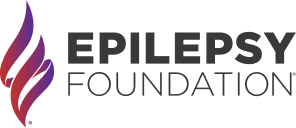Each Journey is Unique

The eJourney Community Blog is an initiative that was developed by Board Members Camila Coelho and Cynthia Hudson. The goal is to tell the personal stories behind the fight against epilepsy in a new way, and we need your help. Raise your voice and share your story about living with epilepsy and seizures. Join our community in sharing the challenges and the successes that come with being strong and never giving up.
We ask that all of you take the time to share your unique story – wherever you find yourselves in the fight. This includes family, friends, caregivers and anyone with an epilepsy journey. Videos, words, and photos all make this story real. Your stories can create understanding, support, and positive outcomes for others in our community. Read other stories from our community.
Make a difference and take action. Join our community and tell us how you are changing our epilepsy story.
